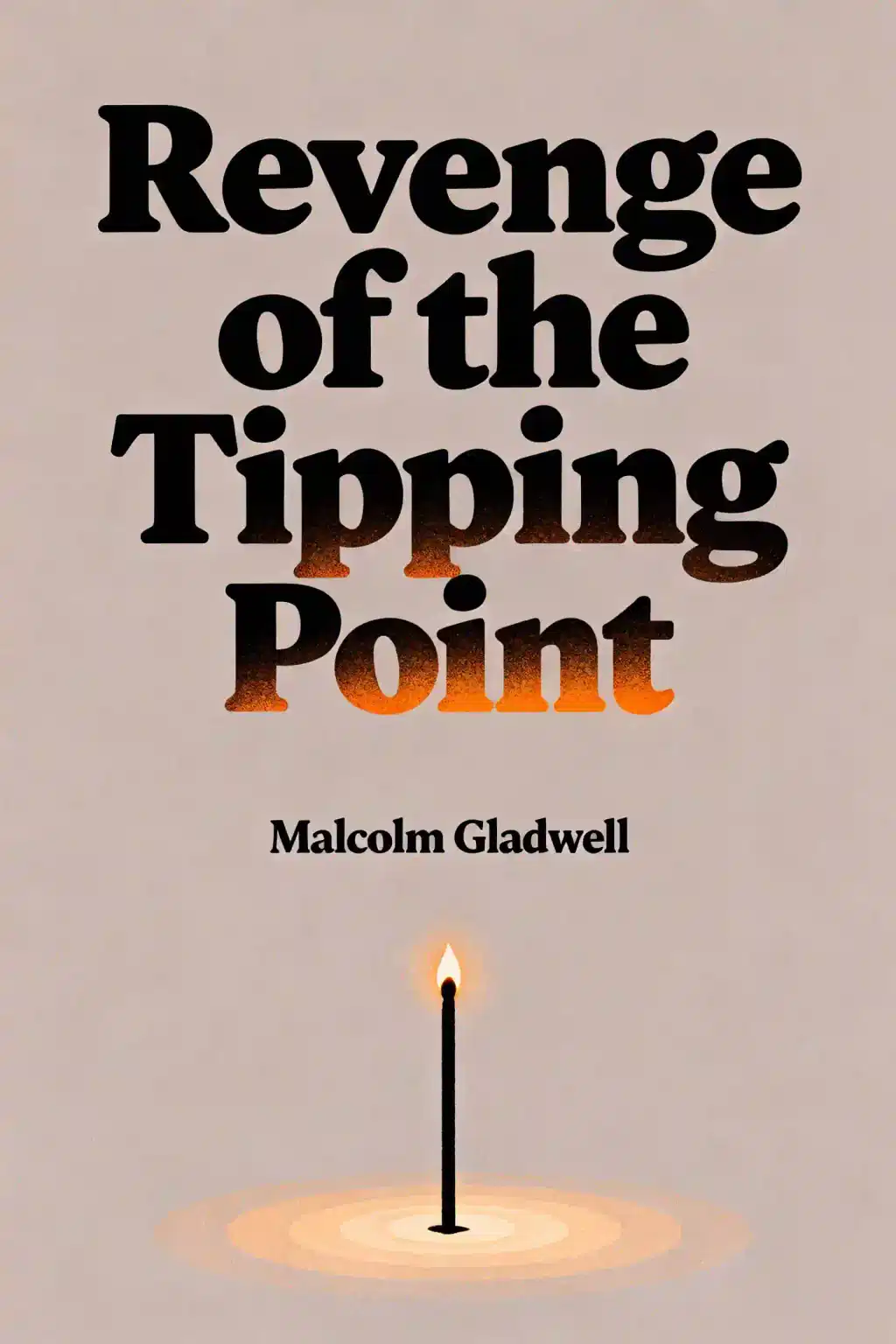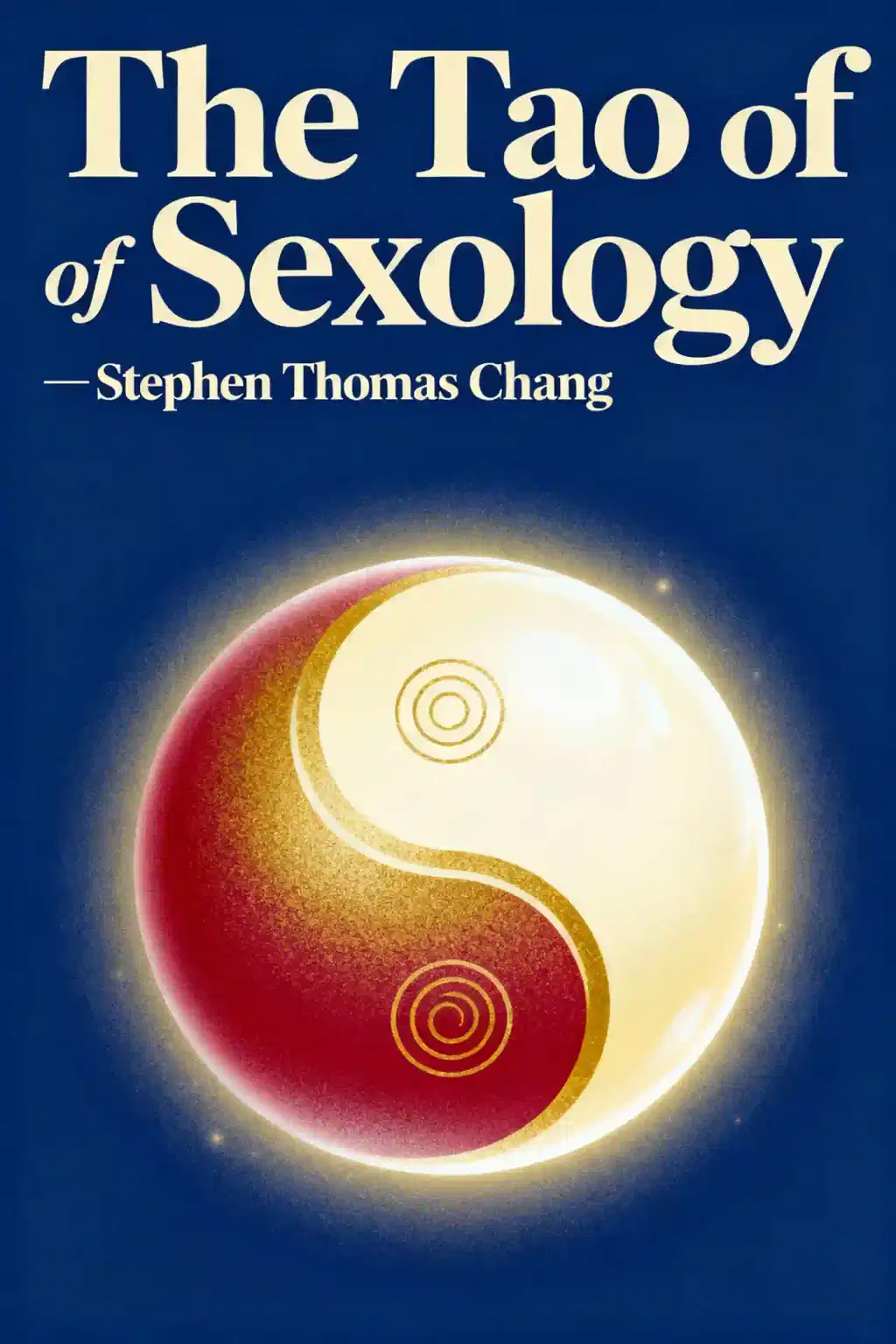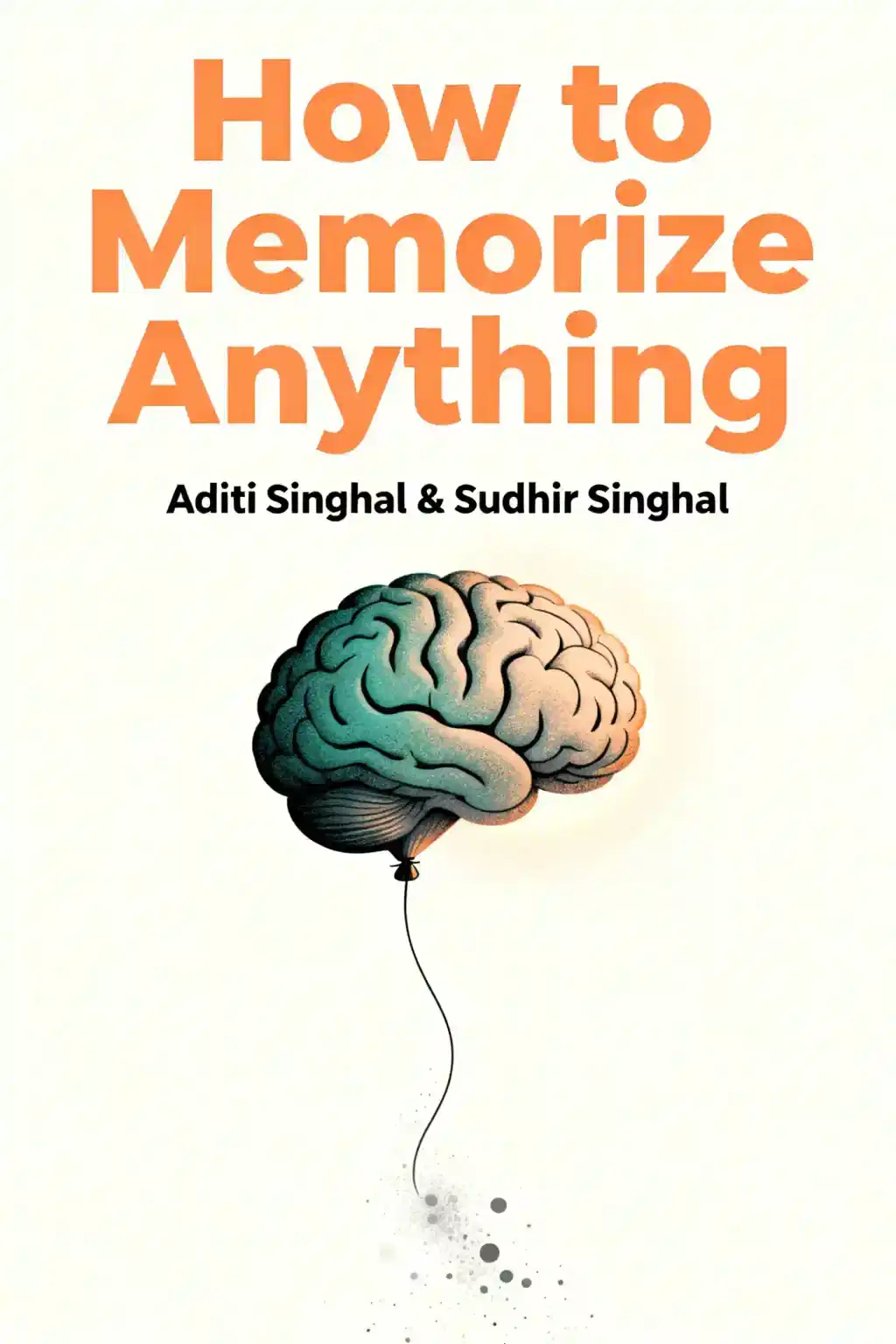What is
Cleopatra and Frankenstein about?
Cleopatra and Frankenstein follows 24-year-old British painter Cleo and 45-year-old self-made executive Frank, whose impulsive New York City marriage spirals into a poignant exploration of mental illness, addiction, and identity. Their relationship fractures under the weight of Cleo’s depression and Frank’s alcoholism, impacting their eclectic circle of friends and family. The novel blends dark humor with raw emotional depth, examining how loneliness drives people apart even as they seek connection.
Who should read
Cleopatra and Frankenstein?
Fans of character-driven literary fiction, such as Sally Rooney’s works, will appreciate its unflinching portrayal of flawed relationships. Readers interested in themes like mental health, LGBTQ+ identity, and the complexities of modern love will find it compelling. The novel’s mix of humor and heartbreak suits those who enjoy layered narratives about human imperfection.
Is
Cleopatra and Frankenstein worth reading?
Yes—its sharp wit, vivid characters, and emotionally charged storytelling make it a standout debut. While some critique its pacing, the novel’s exploration of addiction, artistic ambition, and societal expectations resonates deeply. Coco Mellors’ writing has been praised for its balance of levity and gravity, appealing to readers seeking both entertainment and introspection.
What are the main themes in
Cleopatra and Frankenstein?
Key themes include the destructive power of loneliness, the interplay between love and self-sabotage, and the search for identity amid societal pressures. The novel also critiques excess in modern culture and examines how mental health struggles can isolate individuals even within intimate relationships.
How does
Cleopatra and Frankenstein explore mental health?
Cleo’s battle with depression culminates in a suicide attempt, while Frank’s alcoholism exacerbates their marital strife. The book portrays mental illness as both a personal struggle and a relational challenge, highlighting how stigma and misunderstanding can deepen crises. Mellors avoids romanticizing these issues, instead emphasizing their messy, real-world impacts.
What is the significance of the title
Cleopatra and Frankenstein?
The juxtaposition of Cleopatra (symbolizing allure and tragedy) and Frankenstein (representing creation and destruction) mirrors the protagonists’ volatile dynamic. Cleo, an artist grappling with her worth, contrasts Frank, a businessman masking vulnerability with excess. The title reflects their chaotic love story and the societal myths shaping their identities.
Who are the main characters in
Cleopatra and Frankenstein?
- Cleo: A British painter battling depression and visa insecurity.
- Frank: A charismatic yet self-destructive ad executive.
- Eleanor: Frank’s colleague, whose unrequited love complicates the marriage.
- Anders: Cleo’s lover, who becomes collateral damage in her unraveling.
What happens to Cleo and Frank’s marriage?
Their whirlwind romance collapses under infidelity, addiction, and unmet emotional needs. A tragic accident involving their pet sugar glider becomes a metaphor for their disintegrating bond. Cleo’s suicide attempt and Frank’s inability to confront his drinking ultimately end their relationship, leaving both isolated.
How does
Cleopatra and Frankenstein handle LGBTQ+ representation?
Cleo’s best friend, Santiago, navigates gender queerness amid her marriage, adding depth to the exploration of identity. His storyline illustrates the tension between self-expression and societal expectations, though some critics argue LGBTQ+ characters could be more centrally developed.
What role does New York City play in
Cleopatra and Frankenstein?
NYC’s relentless energy mirrors the characters’ chaotic lives, offering both opportunity and alienation. The city’s art scenes, nightlife, and transient relationships amplify Cleo and Frank’s struggles to find stability, making it a silent yet pivotal character in the narrative.
Are there any criticisms of
Cleopatra and Frankenstein?
Some reviewers note uneven pacing and abrupt shifts in perspective, particularly Eleanor’s first-person chapters. Critics argue these choices disrupt the novel’s flow, though others praise Mellors’ ambition in experimenting with narrative structure.
How does
Cleopatra and Frankenstein compare to Coco Mellors’ other works?
While her second novel, Blue Sisters, focuses on sibling bonds, Cleopatra and Frankenstein delves into romantic and plathetic relationships frayed by personal crises. Both books showcase Mellors’ talent for crafting emotionally complex characters, but Cleopatra leans darker, examining the fallout of impulsive decisions.




















